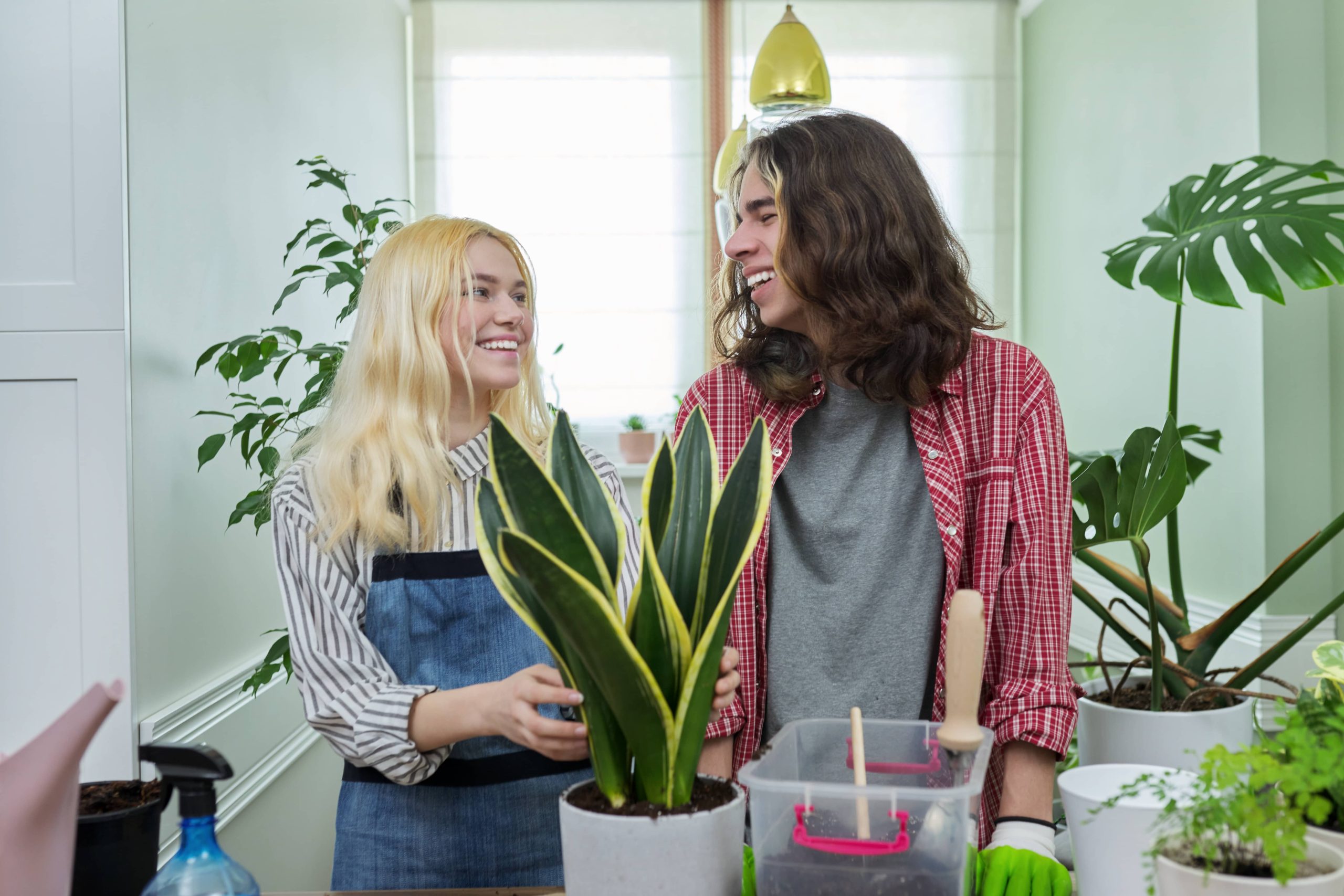
Whether you’re nurturing a lush monstera or cultivating a vibrant collection of succulents, mastering effective drainage techniques is key to ensuring the optimal health of your houseplants. Both new and experienced indoor gardeners often face the challenge of overwatering, which can lead to root rot, decreased plant health, and, in severe cases, plant death. Understanding the role of proper drainage can elevate your indoor gardening skills and keep your plants thriving and happy.
Understanding the Importance of Drainage
Houseplants, unlike their outdoor counterparts, rely heavily on their immediate environment, which includes the soil, the pot, and the watering routine. Drainage is essentially the process through which excess water is expelled from the soil, preventing the roots from sitting in moisture. Proper drainage is crucial for several reasons:
1. Prevention of Root Rot: Excess water leads to oxygen deprivation in the soil, creating an ideal environment for root rot, a fungal disease that can devastate plants.
2. Balanced Soil Moisture: Well-drained soil maintains the right balance of moisture and air, promoting healthy root development and nutrient absorption.
3. Enhancing Aeration: Good drainage helps aerate the soil, ensuring that roots receive enough oxygen, which is essential for plant respiration and growth.
4. Longevity of Plant Health: Over time, poorly drained soil can degrade a plant’s health, leading to stunted growth and reduced ability to fight off pests and diseases.
Choosing the Right Pot
Selecting the appropriate pot is the first step toward effective drainage. Here are some factors to consider:
– Material: Terra cotta pots are renowned for their breathability and ability to wick moisture away from the soil, making them a fantastic choice for plants that are sensitive to overwatering. However, they might not suit all environments due to their tendency to dry out quickly. Plastic pots, while less breathable, retain moisture longer, which could be beneficial in drier climates or for forgetful gardeners.
– Drainage Holes: Pots must have drainage holes to facilitate water escape. When purchasing a decorative pot without drainage holes, consider using a nursery pot with holes inside the decorative one. You can also drill holes into pots if you’re comfortable with DIY tasks.
– Size and Depth: Choose a pot size appropriate for your plant. A pot that’s too large can hold excess soil, leading to water retention, while a pot that’s too small might not hold enough soil to support the roots and water needs of your plant.
Creating Effective Soil Mixes
Beyond the pot, the soil mix plays a pivotal role in drainage:
– Well-Draining Mix: Using a well-draining soil mix is fundamental. Ingredients like perlite, sand, and pine bark can enhance soil drainage. A mix containing a substantial amount of peat moss, perlite, and vermiculite usually provides a balance of moisture retention and drainage.
– Tailored Mixes: Different plants have varying needs. Cacti and succulents prefer sandy, gritty mixes, while ferns thrive in soil that retains more moisture yet remains loose. Research your specific plants and adjust the soil mix accordingly.
Utilizing Drainage Techniques
There are several techniques indoor gardeners can use to improve drainage:
– Bottom Layer: Applying a layer of gravel or small stones at the bottom of the pot can facilitate drainage. However, this is a debated topic, as it’s argued that it can actually raise the water table in the soil. When done correctly with a thin layer, it can be beneficial for aiding drainage without causing water to pool.
– Regular Repotting: Over time, organic components in the soil can break down, causing compacted soil which hinders drainage. Regularly repotting your houseplants with fresh soil every 1-2 years helps maintain healthy drainage and soil aeration.
– Elevated Pots: Use pot stands or saucers with feet to elevate your pots, allowing air circulation around the drainage holes. This can prevent waterlogging at the pot’s base.
– Self-Watering Pots: For those concerned about overwatering, self-watering pots have a reservoir below the soil with a wick or other mechanism that allows plants to draw up water as needed, helping regulate moisture levels carefully.
Watering Wisely
Beyond pots and soil, the act of watering itself is a crucial component of effective drainage:
– Frequency: Water needs vary significantly between plant species and even individual plants. As a rule of thumb, allow the top inch of soil to dry out between waterings, but always adjust based on your plant’s specific needs.
– Deep Watering: Instead of frequent, shallow watering, aim for deep watering sessions where water thoroughly permeates the soil and runs out of the drainage holes. This encourages roots to grow deeper and stronger.
– Temperature and Humidity Considerations: Consider your home’s environment. Plants may need more or less water depending on humidity levels, temperature fluctuations, and seasonal changes.
Final Thoughts
Mastering effective drainage techniques is a cornerstone for any indoor gardener aiming to ensure the health and longevity of their houseplants. While it involves choosing the right pot, creating effective soil mixes, employing drainage techniques, and practicing wise watering habits, the reward is a thriving indoor garden that enhances your home environment.
Remember, each plant is unique, with specific needs and preferences. Take the time to understand those specifics, and you’ll find that your houseplants will not only survive but truly thrive under your care. Happy gardening!













